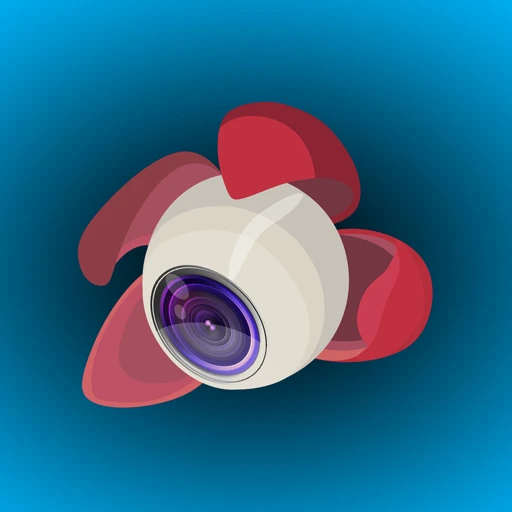Physical Address
304 North Cardinal St.
Dorchester Center, MA 02124
Physical Address
304 North Cardinal St.
Dorchester Center, MA 02124
 |
|
| Rating: 4.5 | Downloads: 100,000+ |
| Category: Photography | Offer by: VC Technology Ltd |
Litchi for DJI Drones is a specialized photogrammetry application designed exclusively for the DJI ecosystem, including drones like the Mavic 3, Phantom 4, and Matrice series. It enables users to process aerial photographs into highly detailed 3D models, orthomosaics, point clouds, and survey-grade measurements directly from DJI drones or compatible devices, replacing traditional ground-based surveying methods.
The key value of Litchi for DJI Drones lies in its integration with familiar DJI hardware and flight controllers. It brings professional photogrammetry capabilities, enabling applications such as precise land surveying, infrastructure inspection, civil engineering projects, urban mapping, and quality control checks, directly to the pilot in the field via the DJI Fly app with enhanced precision and efficiency.
| App Name | Highlights |
|---|---|
| Capture (DJI) |
This app focuses primarily on high-resolution photography and video workflows. Known for its shutter & flight control and multiple view interface, it offers excellent photo management but lacks dedicated photogrammetry and 3D modeling exports found in Litchi for DJI Drones. |
| Pix4Dmapper Mobile |
Another professional mobile photogrammetry app from Pix4D. It offers a more standalone iOS experience similar to Litchi for DJI Drones, but Litchi often integrates more smoothly with specific DJI enterprise solutions for scenarios like land surveying or infrastructure inspection. |
| Agisoft Metashape Professional (Beta Mobile) |
Agisoft’s own mobile testing platform allows for basic processing like Litchi for DJI Drones. Known in desktop versions for high-quality modeling results across various platforms, it offers alternative processing engines for creation workflows depending on user needs. |
Q: What types of DJI drones is Litchi for DJI Drones compatible with?
A: Litchi for DJI Drones is compatible with a wide range of DJI drones including most Phantom, Mavic, and Matrice models as well as the DJI OM 6 series. Detailed compatibility lists are available on the official DJI and Litchi websites, under “System Compatibility“.
Q: Do I need special camera settings on my drone for Litchi for DJI Drones projects?
A: Yes, Litchi for DJI Drones typically recommends mapping with “A” mode, maximum overlap (e.g., ~80% photo overlap both vertically and horizontally) for optimal workflow quality. Adjusting camera parameters like resolution and ISO based on Litchi’s guidance ensures best results for your specific applications, like accurate topo surveying.
Q: Can Litchi for DJI Drones process images from non-DJI drones or cameras?
A: Litchi for DJI Drones leverages DJI flight and camera control integration heavily, along with standard metadata and formats (like DNG/RAW). While primarily designed for DJI hardware, compatibility with images from other cameras likely depends on factors like metadata availability and manual parameter uploading; check the latest support documentation for confirmed details if considering mixed setups.
Q: Is a strong internet connection required to use Litchi for DJI Drones effectively?
A: Basic operation like flight mission creation and viewing results locally does not require an internet connection. However, advanced features such as cloud project sharing, high-resolution model delivery, and “Cloud” processing capabilities likely depend on an active internet connection or mobile data to utilize fully. A stable connection is recommended for smooth functionality.
Q: What user skills are required to export usable data like maps or 3D models from Litchi for DJI Drones?
A: While the core Litchi app interfaces are designed to be user-friendly for beginners, exporting data such as orthomosaics, DXF files (for CAD/analytics), or OBJ point clouds/meshes requires understanding file formats and basic CAD/GIS software. Optional tools like ContextCapture Landmark can aid in aligning projects with existing data, and support resources often guide users through structuring their projects for final outputs useful in asset management.